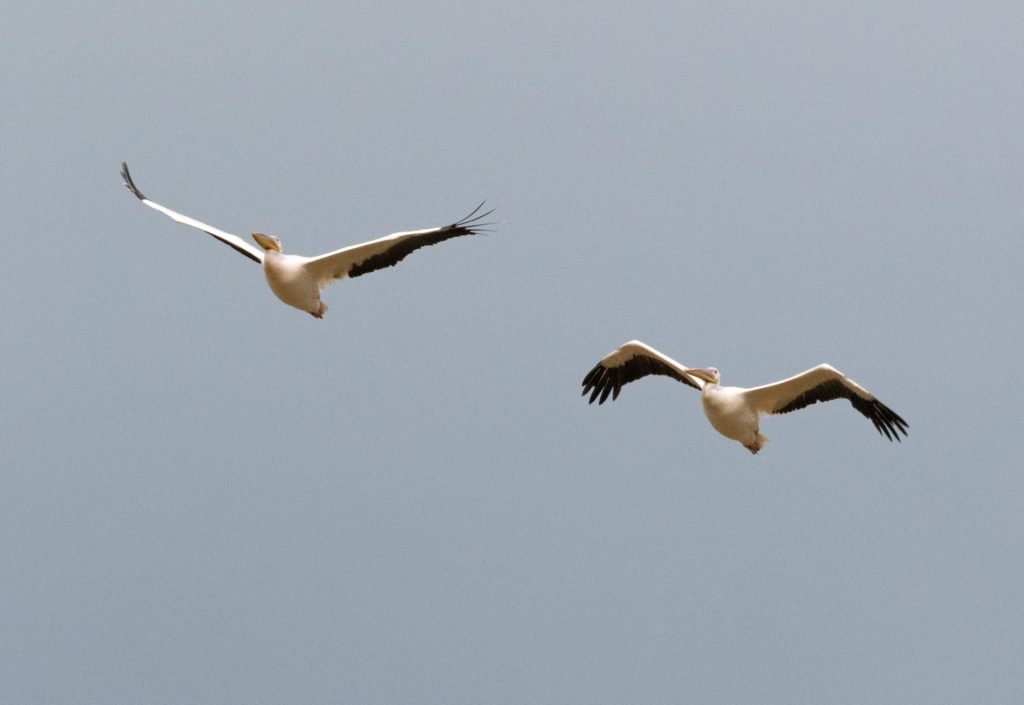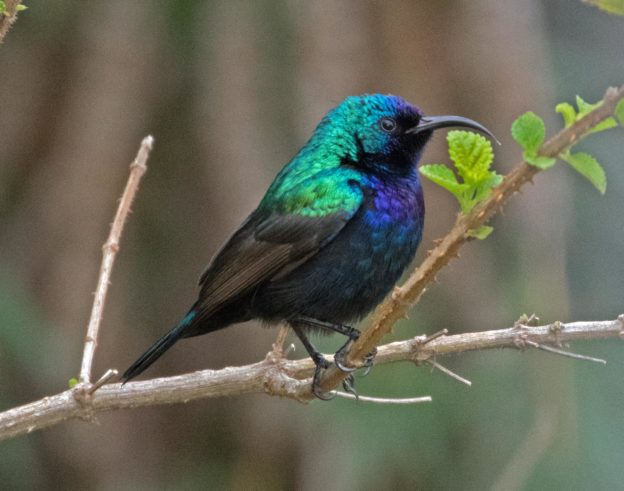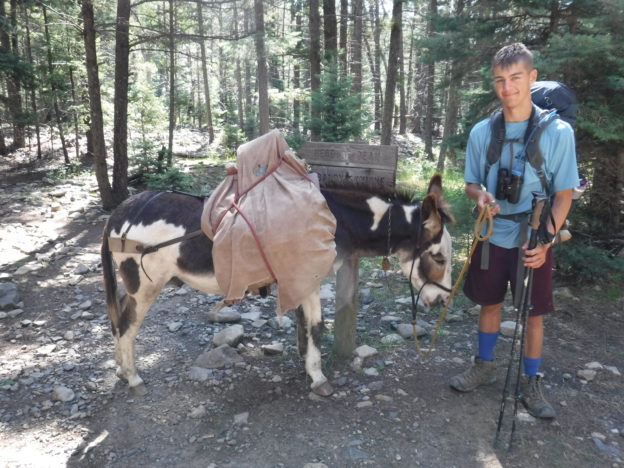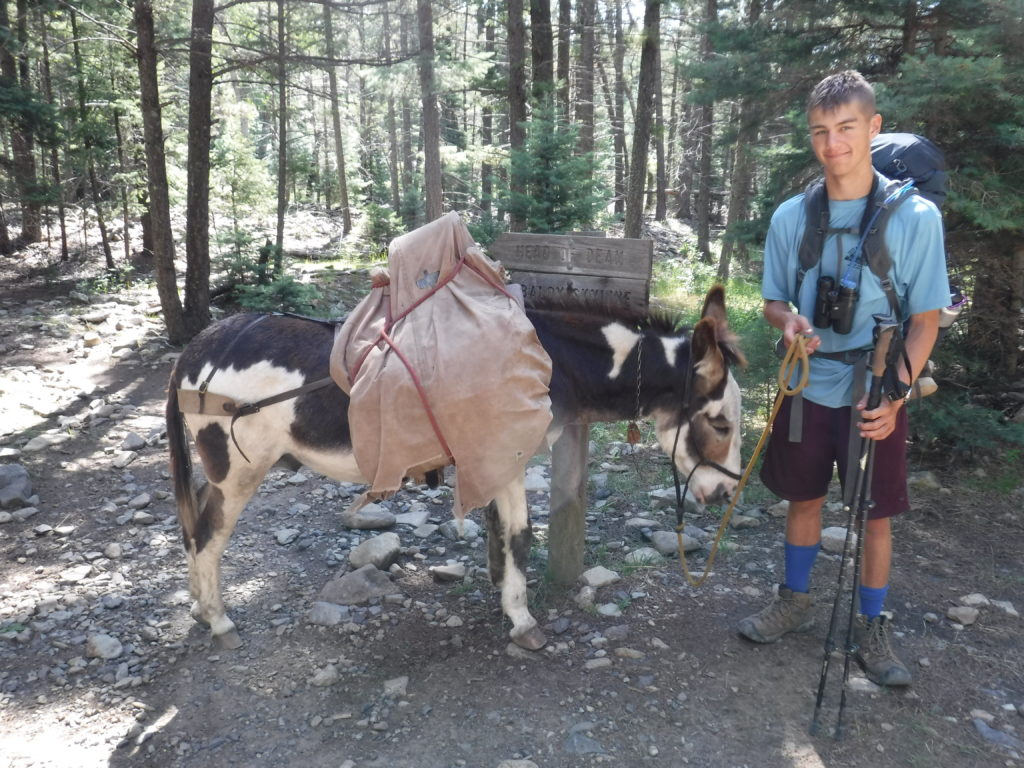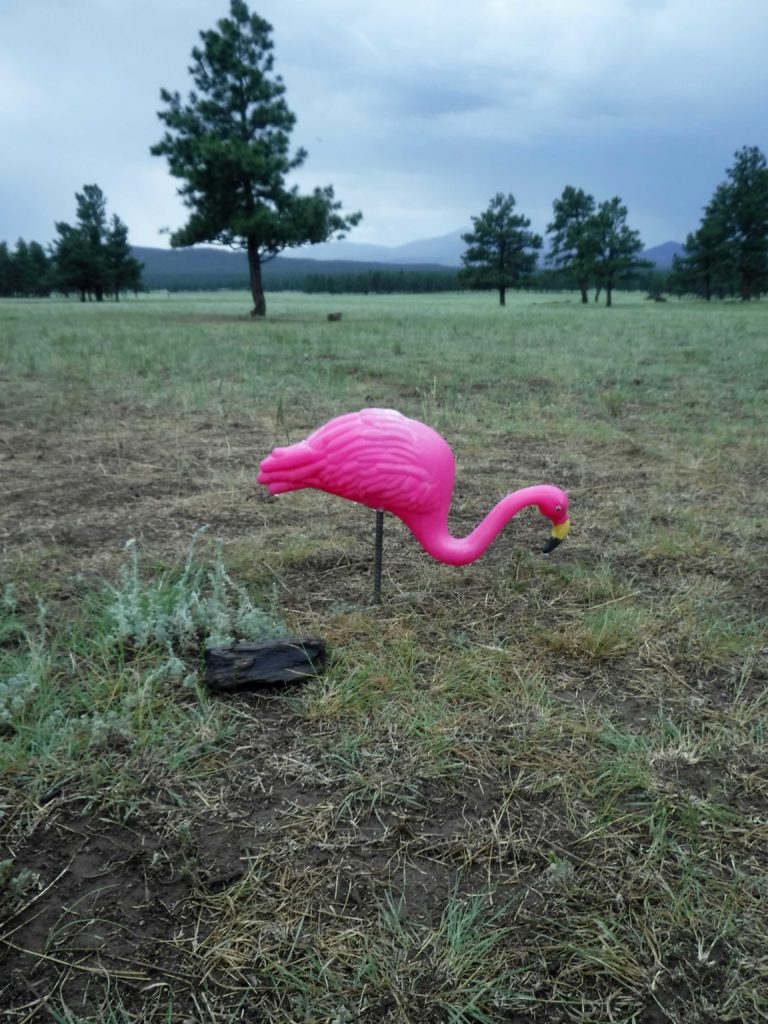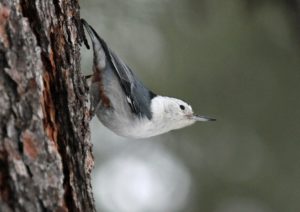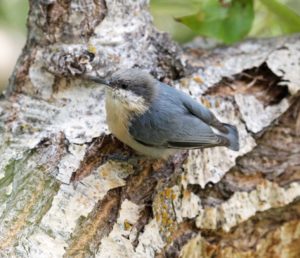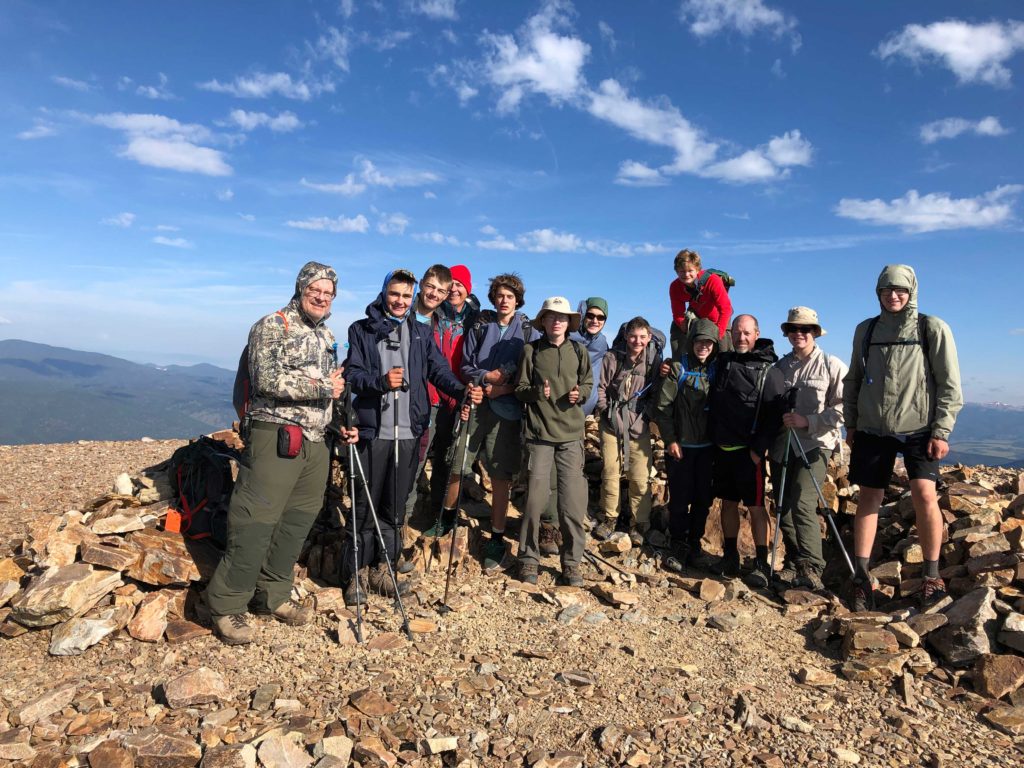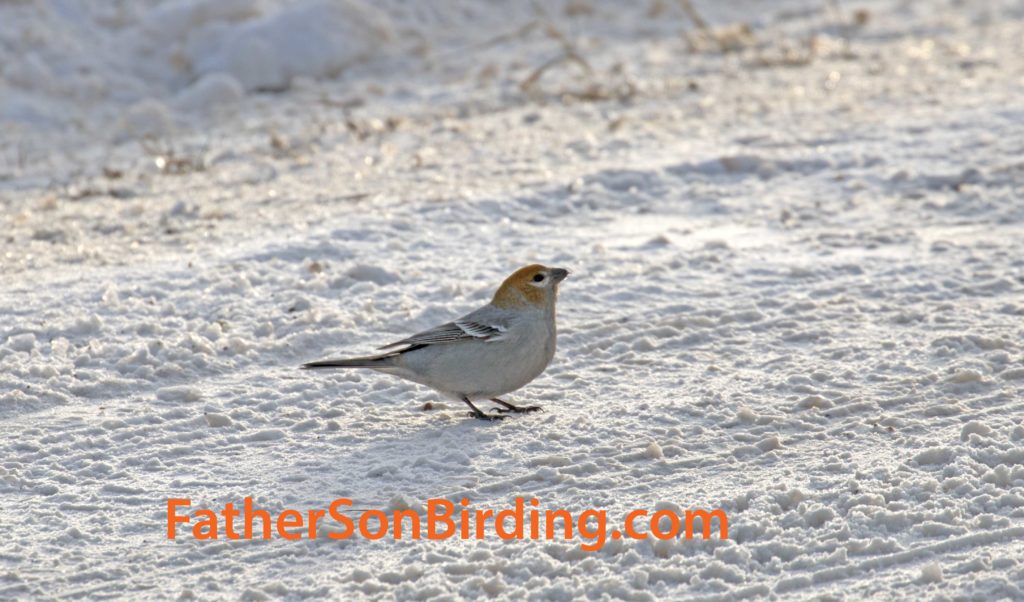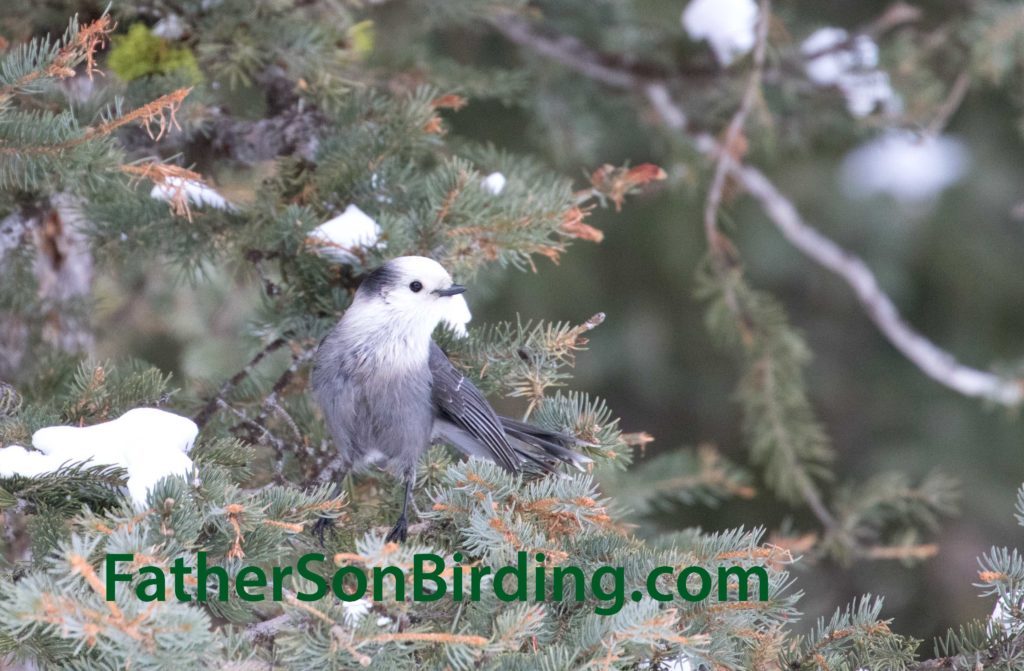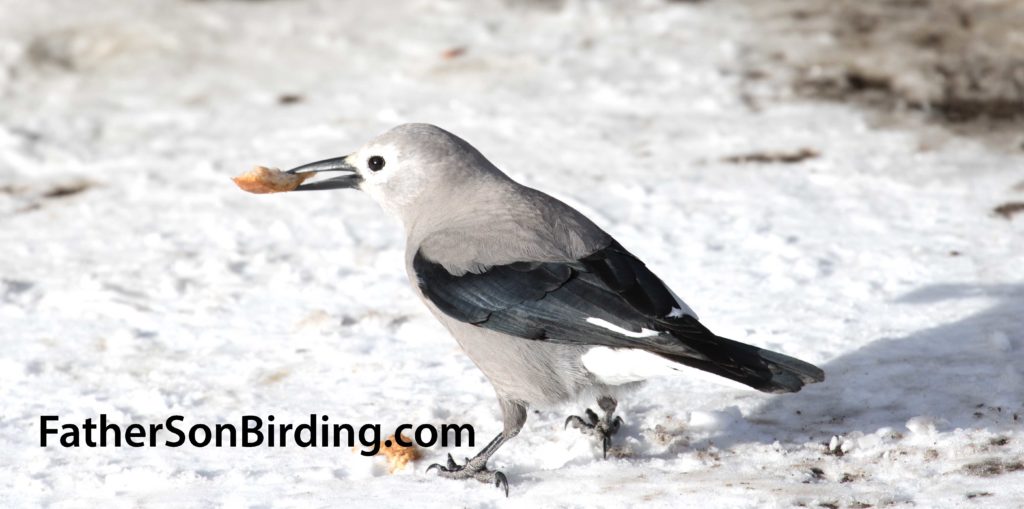Alert: the hackers are back. We’ve had a number of suspicious sign ups recently so if you really have subscribed in the last three months, please shoot Sneed a confirmation email at collard@bigsky.net and I will make sure that you stay subscribed. Meanwhile, feel free to share this post with all the wonderful birders in your lives. Thanks!
If you are an avid fan of FatherSonBirding—and let’s face it, who isn’t?—you’ll know that Braden and I recently had an adventure of a lifetime in Israel and Jordan. Over the next few posts, we’d like to share that adventure, starting with ordinary neighborhood birding, and what any casual visitor might expect to see in Israel in January.
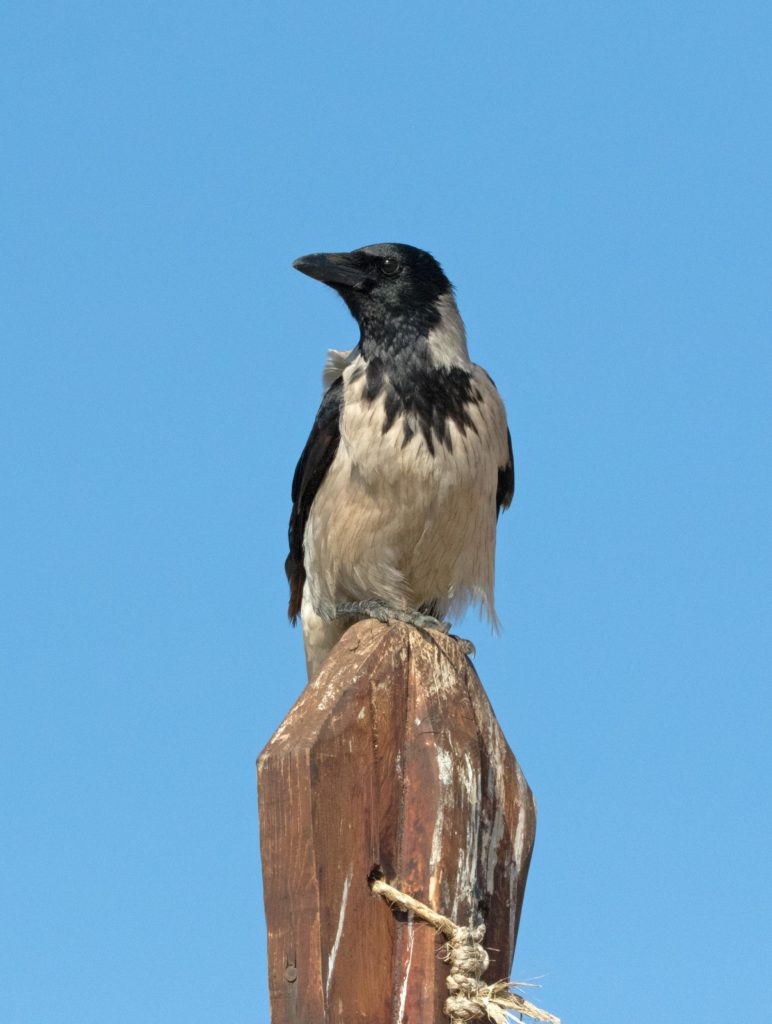
Before flying to the Holy Land, Braden and I had already learned the value of studying up on birds of a new area, so when our flight touched down in Tel Aviv at 2 a.m., we hit the ground running. Well, sort of. First, we got on a train and traveled to our friends’ house in the pleasant coastal town of Binyamina. As soon as we’d showered and eaten breakfast, our hosts’ 14-year-old son, Noam, led us out on a tour of the neighborhood.
Now, I have to preface this by saying that Israel is the only place I know where if you go out birding, you not only have a chance of encountering some amazing historic site, you are almost guaranteed it. Only a block from his house, Noam led us to a remarkable Ottoman well that was 400-plus years old. Braden and I would have been more in awe if we weren’t already mesmerized by the variety of birds we were seeing! Our first Israeli bird? Hooded Crow, a handsome and charismatic corvid that would become a regular companion on our trip. This was soon followed by other delights including Great Tits, White-spectacled Bulbuls, Graceful Prinias, and Common Chiffchaffs, none of which we really expected to see! The most “crowd-pleasing?” The Palestinian Sunbird, an analog to American hummingbirds. We saw several, in fact, hovering to slurp up the nectar of some bright red flowers.
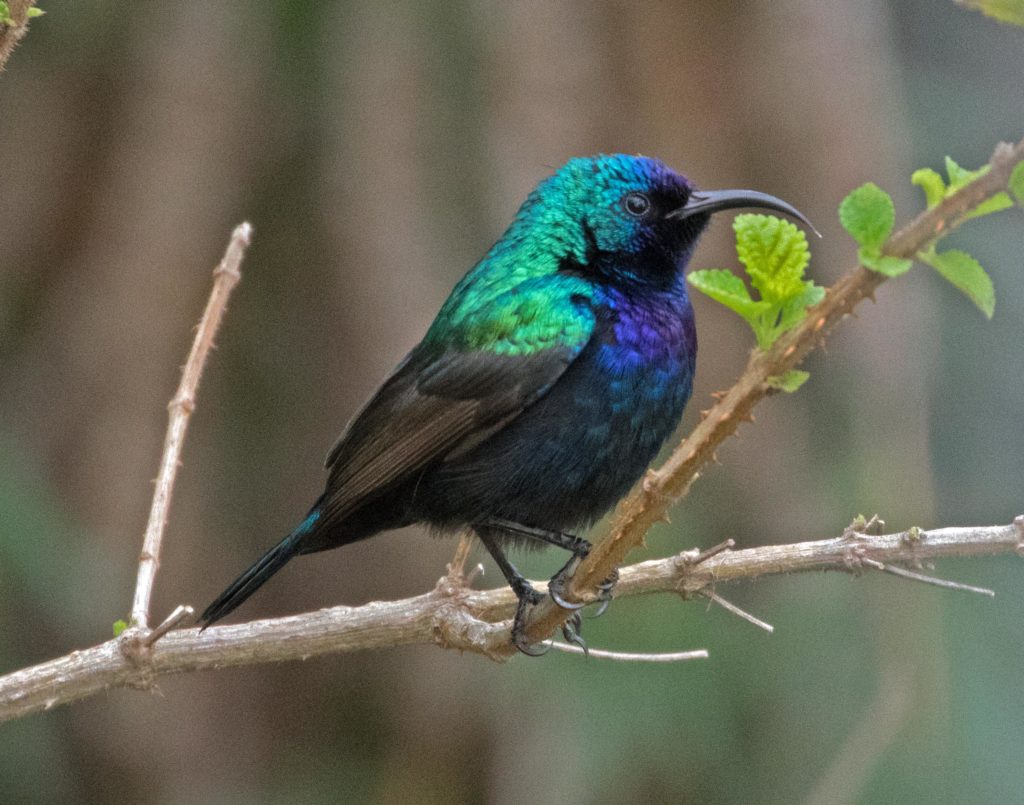
Once we passed the Ottoman well, we headed out to open farmland where we encountered a totally different suite of birds, starting with the same Rose-ringed Parakeets we’d seen in Amsterdam literally hours before (see our post “Layover Birding in Amsterdam”). Here we also encountered a charming little flycatcher called the European Stonechat—another frequent companion for our next two weeks. In the distance, we saw our first Black-winged Kite and Common Buzzard—Europe’s “Red-tailed Hawk.” Near a pond, we spotted several Glossy Ibis in flight and then came the punctuation of our first birding experience: a flight of four Great White Pelicans that flew right over us.
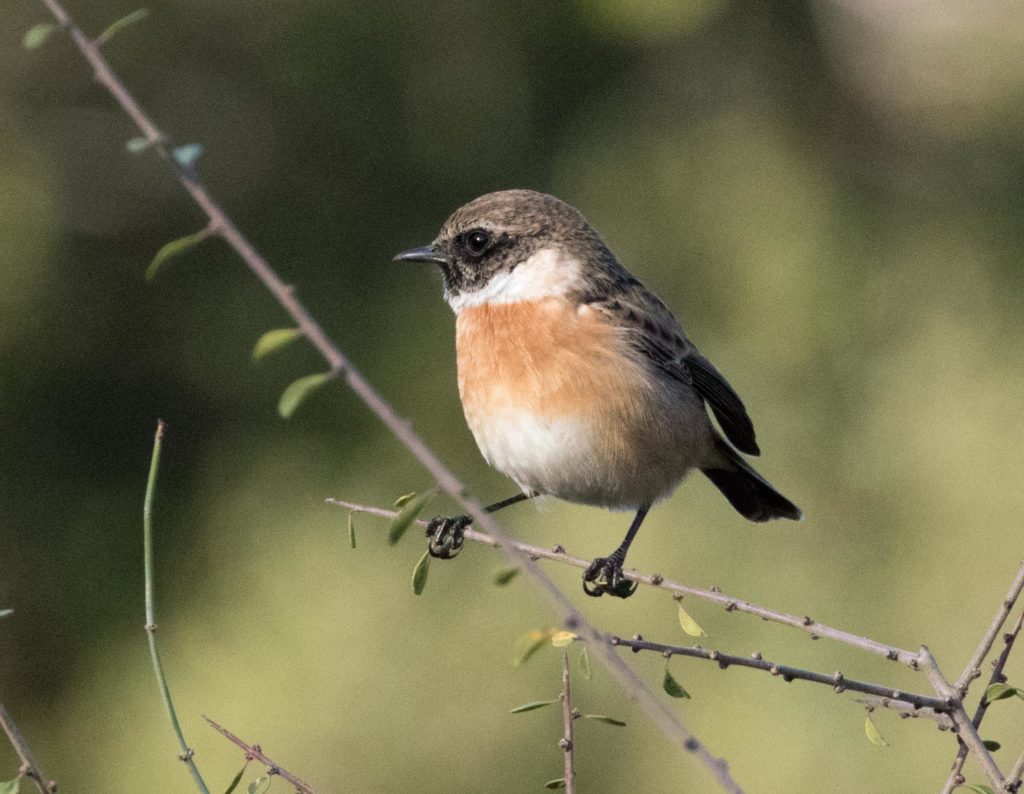
Our first bird list totaled a satisfying twenty-one species, many of which we wouldn’t have recognized if we hadn’t done our homework ahead of time. Best of all, there was much, much more to come! Stay tuned . . .
